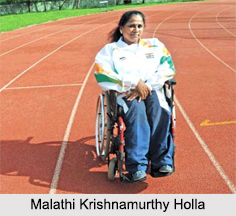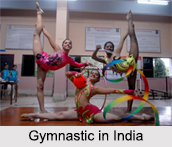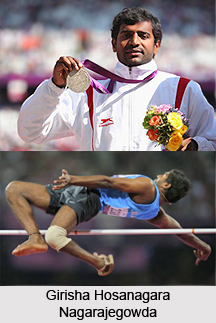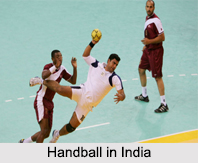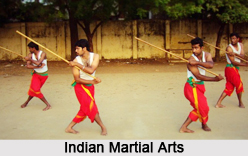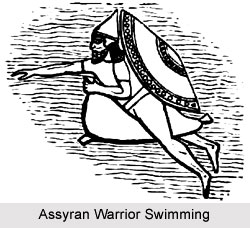 Ancient history of swimming does not tell us about a particular date or time of origin for the game. Cave paintings suggest that prehistoric man was aware of swimming. One can infer that the first ever swimmer probably watched animals swimming, and when one day she or he fell into deep waters the dog paddle was born.
Ancient history of swimming does not tell us about a particular date or time of origin for the game. Cave paintings suggest that prehistoric man was aware of swimming. One can infer that the first ever swimmer probably watched animals swimming, and when one day she or he fell into deep waters the dog paddle was born.
Of course there is no evidence to prove dog paddle as the first swimming stroke used by humans, but in one way it does seem logical, and one could certain assume that for many centuries, teaching the dog paddle was passed down from generation to generation. As per evidence it does show that by 4000 BC and of course by 3,000 BC, the Egyptians were the first to use the front crawl and the breaststroke instead of the dog paddle. By this time, it was observed, the Native Americans were using the front crawls as well, though there is no evidence as to where they learned the art from. As a matter of fact, it was the version of Native America that was introduced many years later to the Europeans. Swimming was also set up in Asia much before the time of Christ. Swimming was actually one of the key skills the Samurai warrior had to master, and in the history of swimming, the first swimming race on record took place in Japan during the 1st Century BC.
Although swimming was popular in both ancient Rome and Greece, there were apparently no organized competitions to speak of, and there were no swimming events in ancient Olympic Games. Both the Romans and Greeks had swimming pools. The history of swimming, like the history of so many other sports is not comprised of a steady succession of events and improvements, but rather proceeded along in fits and starts.
Swimming had its problem in Europe during the Middle Ages, even though organized swimming events were happening in the Orient during the same period. Taking a page from the Samurai, the knights of Middle Ages were expected to learn swimming skills. Taking a page from the Samurai, the knights of the Middle Ages were expected to learn swimming skills. The knights were also expected to swim while wearing the armour. There is, however, no evidence as to how well that went. In any event, organized swimming had difficulty taking hold in Europe. Firstly, the church protested, mainly because the participants were prancing about in various stages of undress. The universal population was quite conservative in matter of dress as well, and bare arms or legs and even to some a bare neck was considered obscene sight. The Germans even passed a law prohibiting young children, including toddlers, from swimming naked in public. Seems quite harmless, maybe an adult or two decided to join in.
Apropos, the Japanese and Chinese proceeded merrily along, forming swimming organizations, holding competitions, and even beating the rest of the world in introducing the concept of lifesaving techniques and organizations. The first ever book on swimming was published in Germany in the early 16th century, focusing on the breaststroke, the style of choice in Europe for several centuries. Later in the century, a mere detail was written by an Englishmen in Latin that dealt with mainly on the scientific and technical aspects of swimming, and included descriptions of the backstroke and crawl in addition to the breaststroke. These books formed as legitimate milestone in the history of swimming, though a knowledge of German or Latin was helpful if you wanted to read them. There were woodcut illustrations in both books as aids in understanding the techniques. A few more books were written in the 17th century and of course many more after that.
Up to the 19th century nearly, the breaststroke remained the preference for people of England, and in much of Europe. And in 1844, many Native Americans, entering a swimming competition in London, won their events with front crawl, a much faster technique than the breaststroke. For the English men, the crawl seemed to be inferior method of swimming, and not nearly as graceful as breaststroke. Never mind that it was faster, the English continued to use the crawl in competition for another 30 years.





